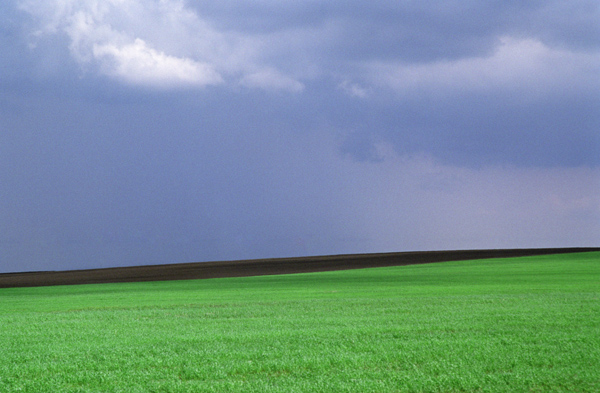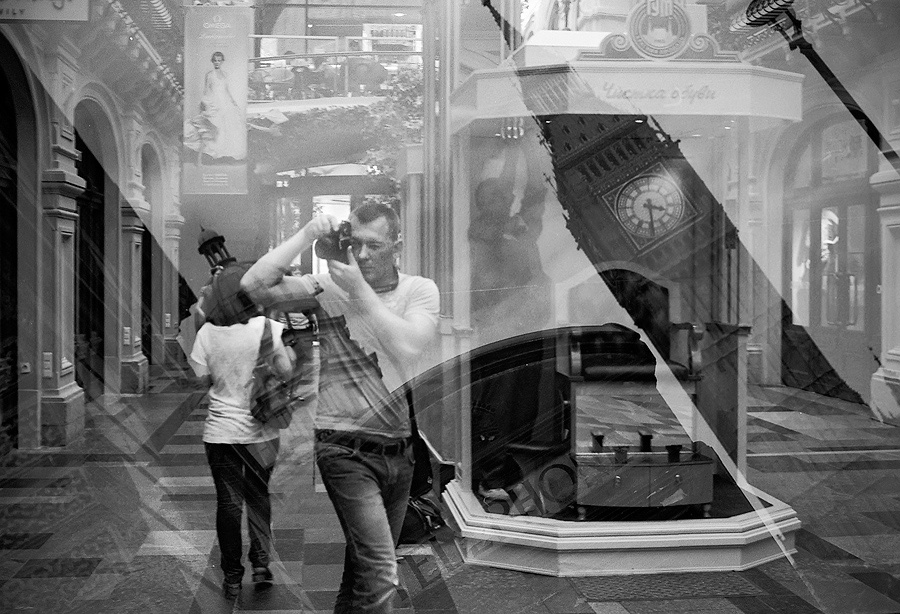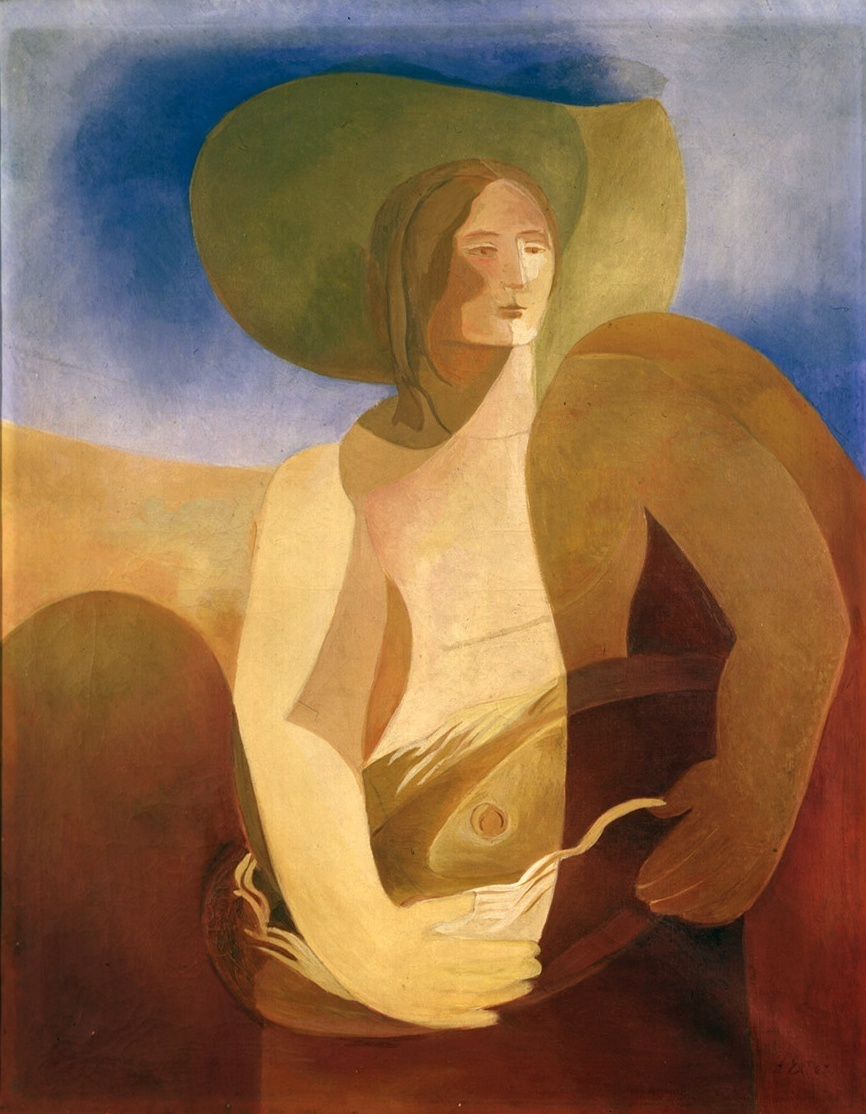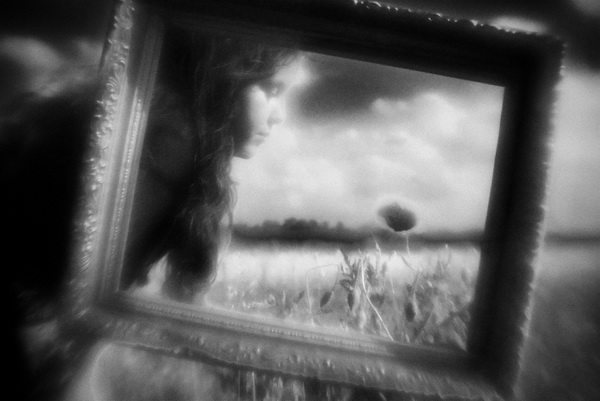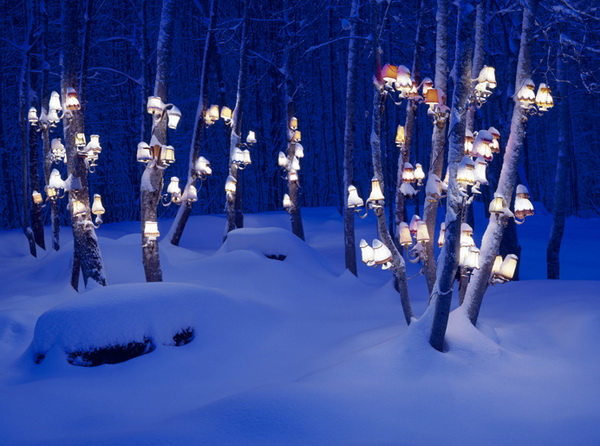tanya
Without red sad palette. Color as a symbol in painting
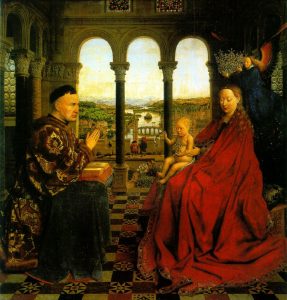 It is impossible not to notice. He is one of the most preferred and expressive. He – the first in the history of art, not to mention the chromatic scale. He attracted attention to himself since ancient times: and because these are the properties of his nature and of human nature; and because it is associated with such vital concepts as blood and fire. Having absorbed natural meanings, red does not part with them throughout the entire history of mankind.
It is impossible not to notice. He is one of the most preferred and expressive. He – the first in the history of art, not to mention the chromatic scale. He attracted attention to himself since ancient times: and because these are the properties of his nature and of human nature; and because it is associated with such vital concepts as blood and fire. Having absorbed natural meanings, red does not part with them throughout the entire history of mankind.
Ever since antiquity, red has been expressing mostly positive values, but it is also not necessary to discount the coded signals of danger and pain coded in it.
For example, in ancient Egypt, red absorbed the qualities of an uninhabited and barren land and therefore became the color of evil. It is for this reason that Seth, the brother and murderer of Osiris, was painted with red ocher. The same color was used to write words that carried unkind omens. Continue reading
Transmuseum by Igor Gusev in OXM
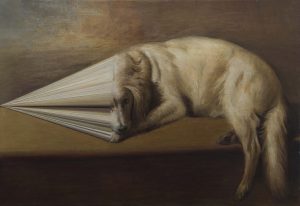 In October 2018, the Odessa Art Museum opened the Transmuseum experimental project of the artist Igor Gusev, which became an artistic intervention in the museum exhibition of classical art. Getting into the halls of classical art and being among the paintings of the XIX century, the viewer discovers a visual paraphrase of these images and joins the object search game. The concentration of Gusev’s works in the museum is small – 10 works in 13 rooms, which allows the “invasion” to remain delicate and unobtrusive.
In October 2018, the Odessa Art Museum opened the Transmuseum experimental project of the artist Igor Gusev, which became an artistic intervention in the museum exhibition of classical art. Getting into the halls of classical art and being among the paintings of the XIX century, the viewer discovers a visual paraphrase of these images and joins the object search game. The concentration of Gusev’s works in the museum is small – 10 works in 13 rooms, which allows the “invasion” to remain delicate and unobtrusive.
In addition to painting, the artist presented the installation, which is located in the central “dance” hall of the museum palace and is a generalized image of the exhibition. Continue reading
ART-TALK: DIMA MIKITENKO
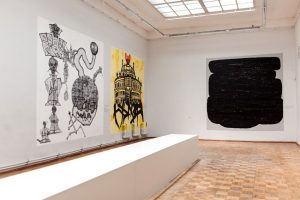 We continue a series of author interviews from representatives of the newly inspired team of the Odessa Art Museum: the curator Masha Zeloleva and PR-shchika Hera Grudeva. As part of the project, our heroes, who are directly part of the Ukrainian art sphere, share their thoughts on contemporary art, its role in Ukrainian society and the iconic works of the Odessa Art Museum. This time Masha Zeloeva spoke with artist Dima Mykytenko, who in his works combines arbitrary forms with graphic elements, creating his own visual poetry. Continue reading
We continue a series of author interviews from representatives of the newly inspired team of the Odessa Art Museum: the curator Masha Zeloleva and PR-shchika Hera Grudeva. As part of the project, our heroes, who are directly part of the Ukrainian art sphere, share their thoughts on contemporary art, its role in Ukrainian society and the iconic works of the Odessa Art Museum. This time Masha Zeloeva spoke with artist Dima Mykytenko, who in his works combines arbitrary forms with graphic elements, creating his own visual poetry. Continue reading
